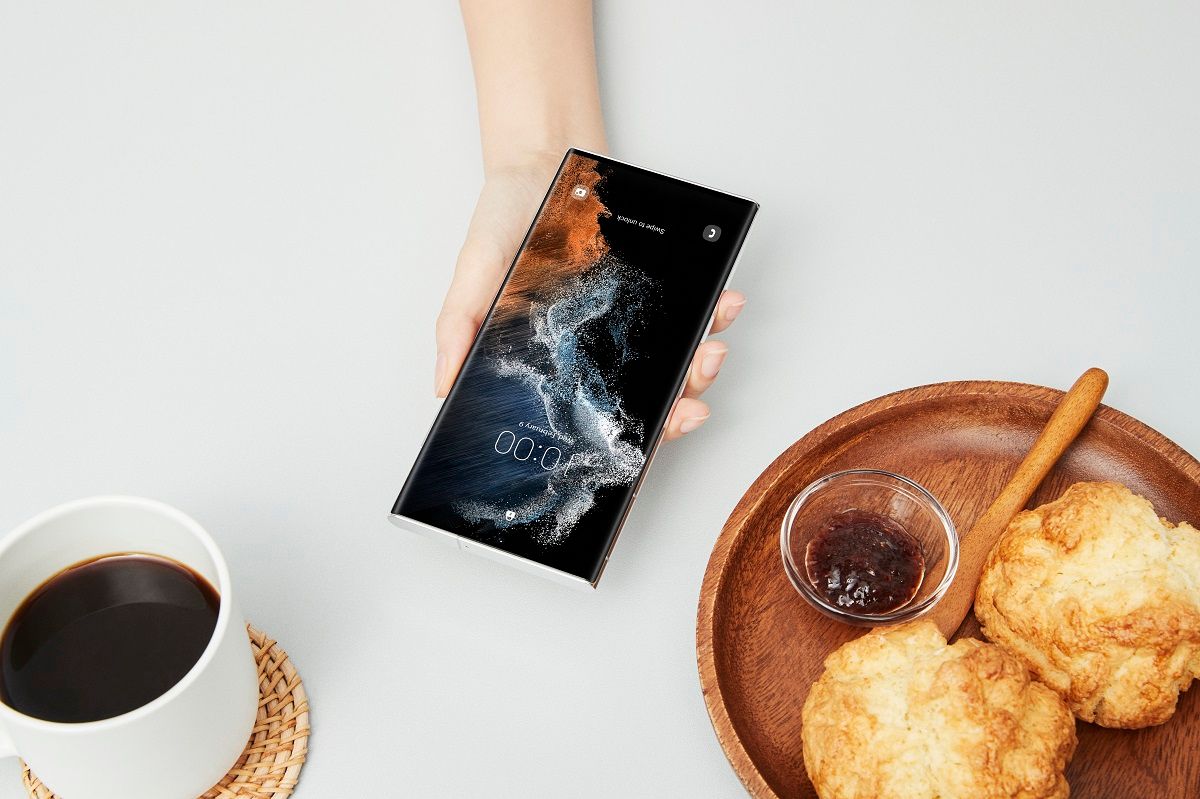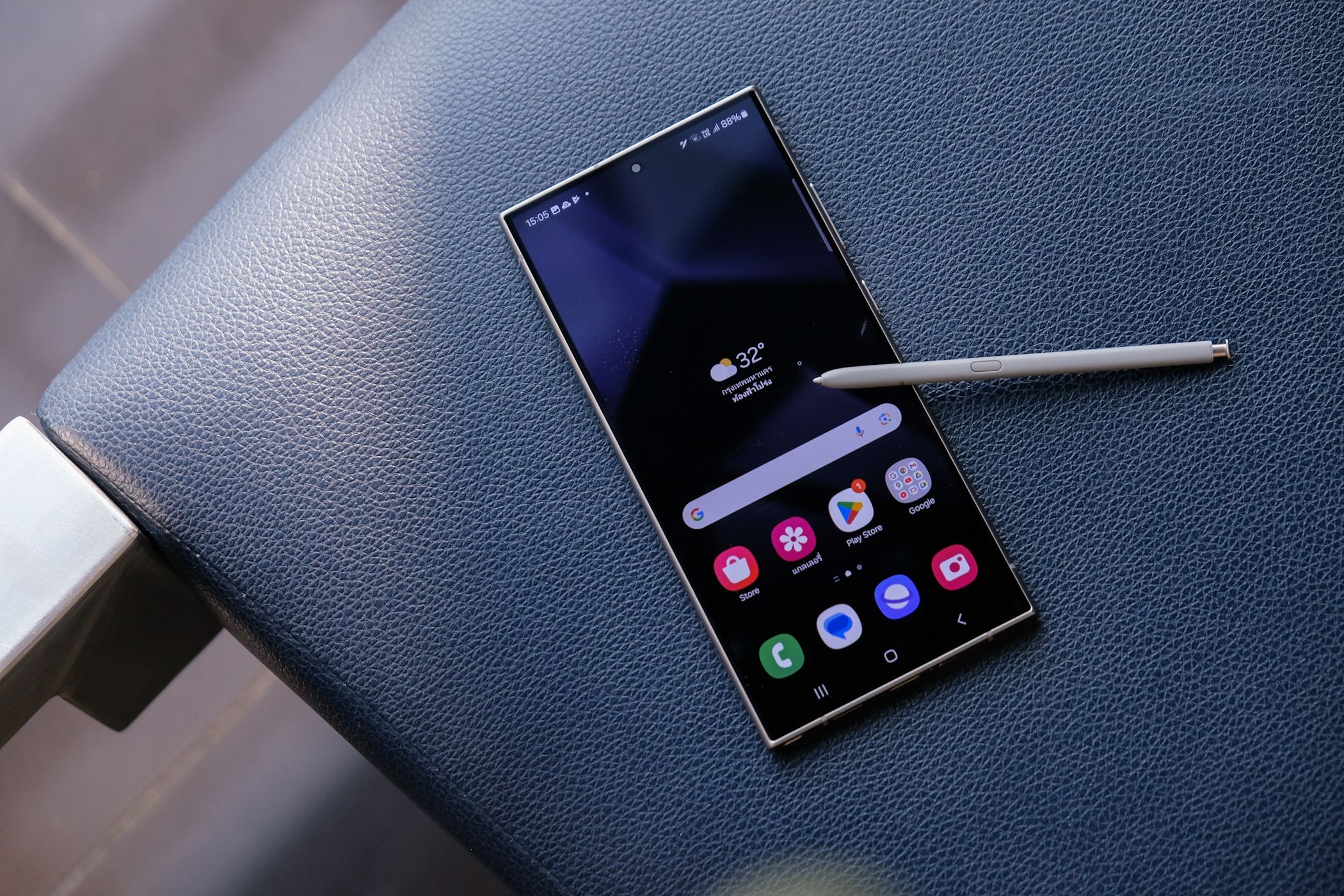LTPO is a display technology that combines power efficiency with adaptive refresh rates, making it ideal for high-end smartphones. LTPO is taking over AMOLED, which has been the standard in the premium segment for years. But what exactly is LTPO, and is it better than AMOLED?
What Is LTPO?
LTPO stands for low-temperature polycrystalline oxide. However, the full name doesn’t reveal much about the technology. LTPO is a backplane technology for OLED displays that allows displays to change the refresh rate dynamically depending on various conditions. Conditions, in this case, refer to what the user is doing.
For instance, if you’re playing a highly intensive game like Call of Duty Mobile, your screen must keep up with the rapid motions. In that case, an LTPO display will crank the refresh rate to meet your needs. You don’t need higher refresh rates when you stop gaming and start doing the usual mundane things like scrolling through social media, so the display reduces its refresh rate.
LTPO technology has become the norm for flagship phones. The OnePlus 12 and Samsung Galaxy S24 Ultra were some of the first smartphones with this technology. To demonstrate how this works, let’s use the OnePlus 12 as an example.
Its 120Hz 6.82-inch LTPO AMOLED panel dynamically refreshes between 1Hz and 120Hz. It uses the full 120Hz when doing active things and switches to 10 or 30Hz while watching videos. And if you’re viewing a photo or reading text, the display lowers the refresh rate further to 1Hz.
How Do LTPO Displays Dynamically Adjust Refresh Rates?
Typical AMOLED displays use low-temperature polycrystalline silicon (LTPS) in the thin film transistors (TFTs) that make up the display’s backplane. Instead, LTPO AMOLED panels use a combination of LTPS TFTs to manage switching circuits and a different material to drive the display. This enables LTPO panels to vary the refresh rate dynamically.
Apple uses LTPS TFTs in combination with Indium Gallium Zinc Oxide (IGZO) TFTs. Samsung also has its proprietary technology for LTPO AMOLED panels, which uses a combination of LTPS TFTs, Hybrid-oxide, and Polycrystalline silicon (HOP).
Advantages of LTPO Display Technology
After high-refresh-rate smartphone displays became a reality, smartphone companies stumbled across one issue—reduced battery life. While smartphones typically have poor battery life, cranking up the refresh rate to 90Hz, 120Hz, or even 144Hz means that screen time takes a beating.
Companies developed LTPO technology to solve this problem by variably changing the refresh rate. As you might expect, high refresh rates consume more battery, and lower numbers translate to less battery use. By dynamically changing the refresh rate, OLED displays cut down on power consumption.
Is LTPO Better Than AMOLED?
In short, LTPO AMOLED panels are better than AMOLED. When shopping for a flagship phone, you’ll notice that some have AMOLED displays while others have LTPO AMOLED displays. It isn’t the same thing.
Although AMOLED panels are more power-efficient than their LCD counterparts, slapping a high refresh rate on top takes a toll on their efficiency. LTPO is an improvement to this, and it allows AMOLED panels to use high refresh rates and still be power efficient.



